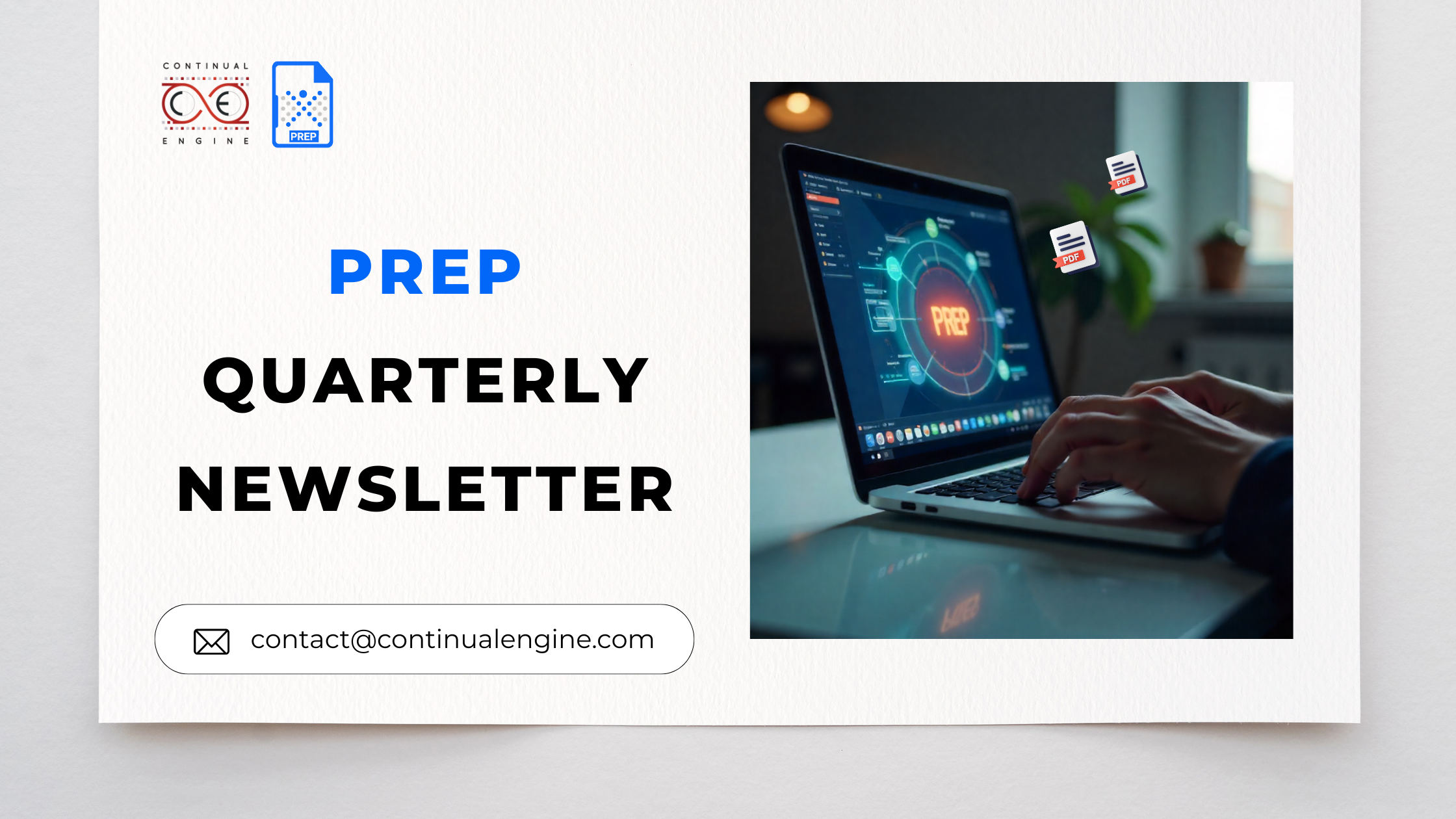As we move deeper into the fall season, it’s the perfect moment to reflect on progress so far and focus on the priorities that will define the year’s close. In this edition, we bring you updates about the latest features of PREP, insights from our latest blogs on accessibility, and highlights on the recent approval of WCAG 2.2 as an international standard, a major milestone reinforcing global accessibility practices. Let’s dive in!
Key Highlights: What is New in PREP?
PREP Tool Certified Accessibility-Enabled
PREP is accessible, ensuring that people with disabilities can independently use the platform to create and remediate accessible documents. This means that users who rely on assistive technologies, such as screen readers or keyboard navigation, can now seamlessly interact with every feature of the tool. By making PREP itself accessible, we are not only enabling users to produce accessible content but also reinforcing the principle that accessibility should be universal and inclusive, starting with the tools we provide.
Async Checker Flow
With PREP’s new Async Checker Flow, document processing happens in the background, allowing users to continue working on other tasks without any interruptions. Whether handling large files or documents with complex structures, users can maximize productivity and efficiency, staying focused on their work while PREP takes care of the processing seamlessly.
Okta Integration
The new Okta integration with PREP brings a host of benefits, enhancing accessibility, efficiency, and equity. Inaccessible documents can now be quickly converted into accessible formats, supporting learners with disabilities and diverse learning needs. By streamlining the document remediation process, the integration significantly reduces the time and effort required, enabling faster and more efficient content delivery.
Latest Blogs
Top 10 PDF Remediation Service Providers for 2025
If you’re looking to make your PDFs accessible and compliant in 2025, choosing the right remediation service provider can make all the difference. Whether you’re dealing with complex tables, scanned documents, or interactive forms, the tools listed in this blog article can help you fix accessibility issues and meet standards like ADA Title II requirements, WCAG, and PDF/UA.
Common Table Accessibility Problems in PDFs You Should Know
Tables are a great way to organize information, but when added to PDFs, they can often create problems for users who rely on assistive technology. If you work with documents that need to be shared widely, it’s important to make sure your tables are accessible to everyone. In this article, we’ll walk you through some of the most common table accessibility issues found in PDFs. Understanding these problems is the first step toward improving PDF accessibility and creating documents that work for all readers.
Make Scanned PDFs Accessible: A Guide for Every Accessibility Expert
Whether you’re digitizing legacy reports or capturing new contracts, scanned PDFs can create hurdles for accessibility. What exactly are these, and how can you make them accessible? A scanned PDF document is essentially a picture of a page rather than a text-based file. When you place a paper document on a scanner or snap a photo with a mobile app, each page becomes a high‑resolution image.
WCAG 2.2 Becomes an International Standard: A Major Milestone for Accessibility
- Global consistency: ISO/IEC 40500:2025 formally harmonizes WCAG 2.2 standards worldwide, supporting unified accessibility practices.
- Rising compliance expectations: Governments and organizations are expected to adopt WCAG 2.2, increasing the urgency for accessible content and documents.
- Inclusion at scale: Accessible PDFs and digital materials ensure equitable access for all users, including those relying on assistive technologies.
- Future-readiness: Adopting WCAG 2.2 now positions organizations ahead of evolving digital accessibility laws and international standards.
Putting Accessibility into Practice
Implementing these standards into practice can be challenging, especially across large volumes of documents. Platforms like PREP help teams by automating tasks such as scanning, tagging, and converting PDFs, Word, PowerPoint, and HTML, while also providing in-built accessibility checks. This approach supports consistent compliance, reduces errors, and ensures that critical information remains accessible to all users efficiently and reliably.
For education institutions looking for more guidance on implementing accessibility at scale, you can explore here for insights and resources.
